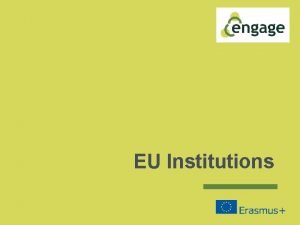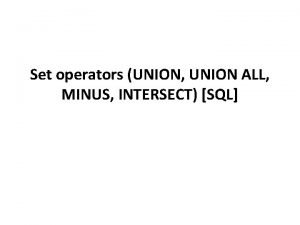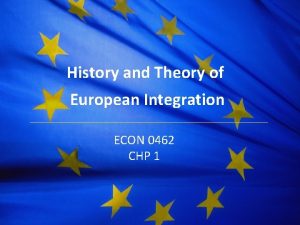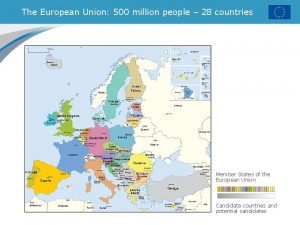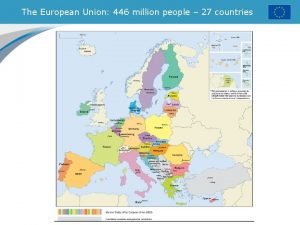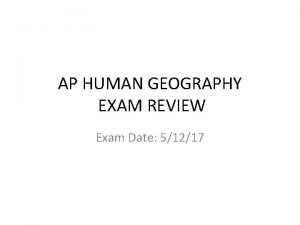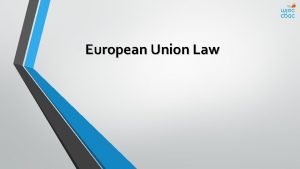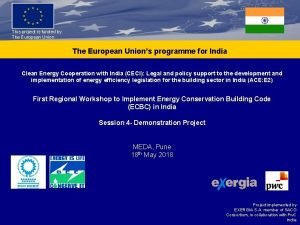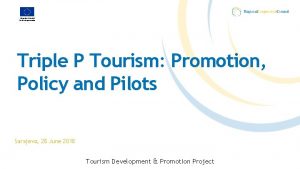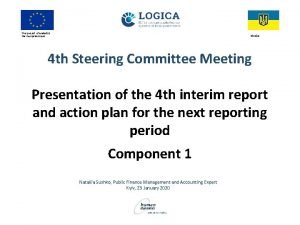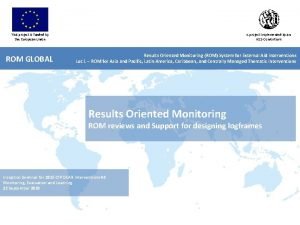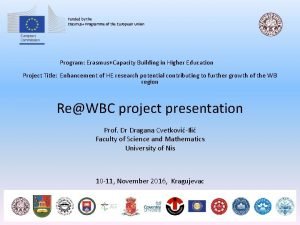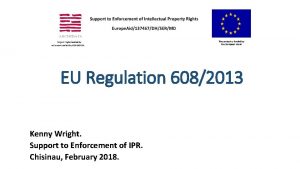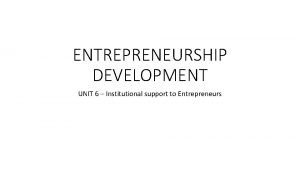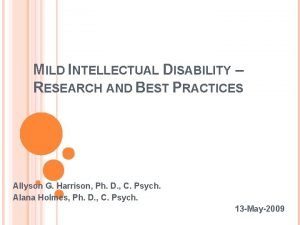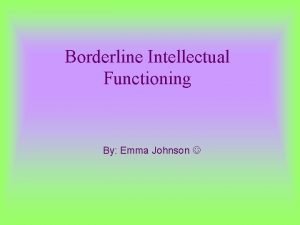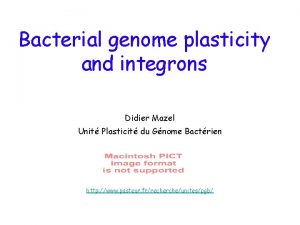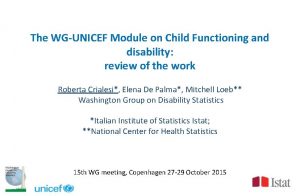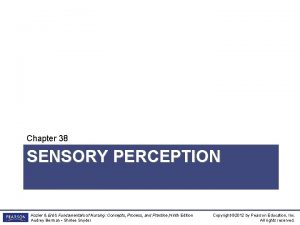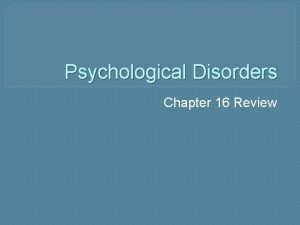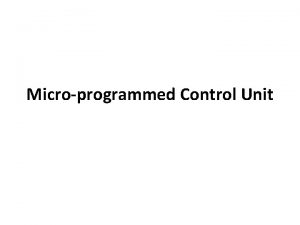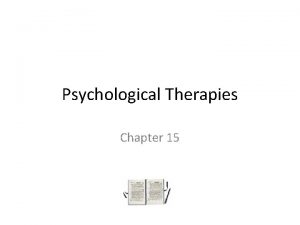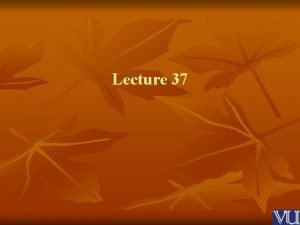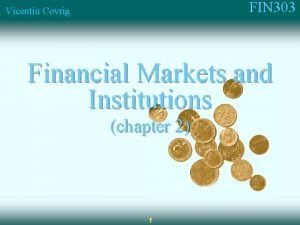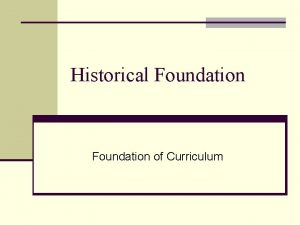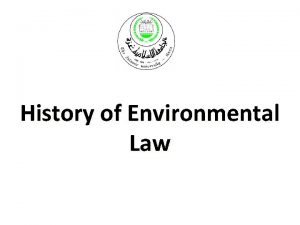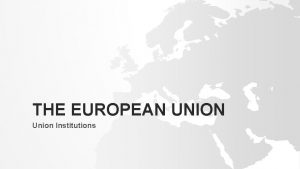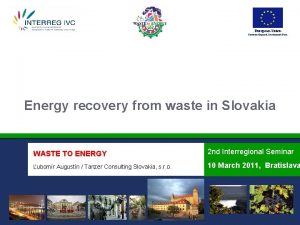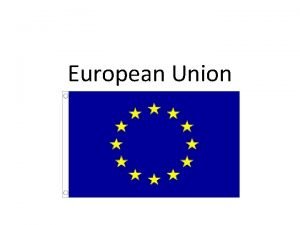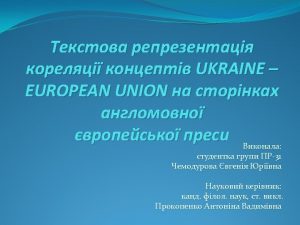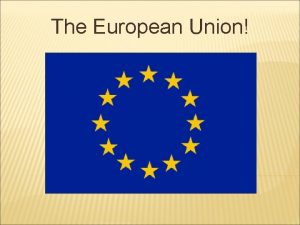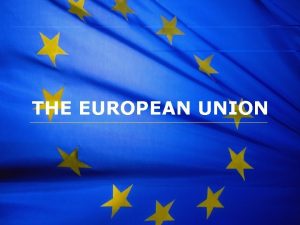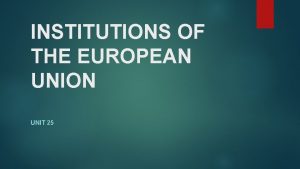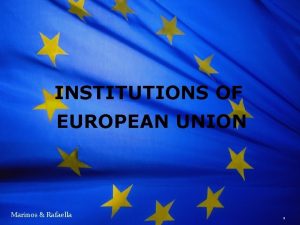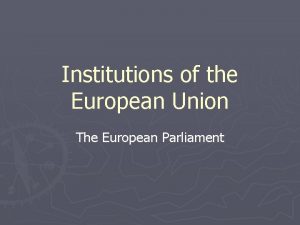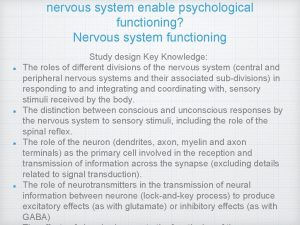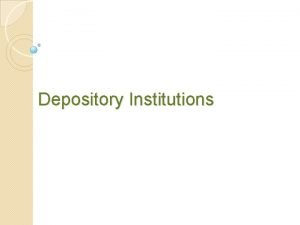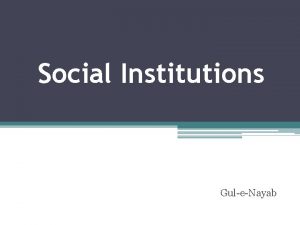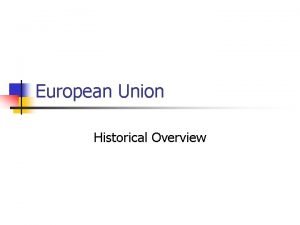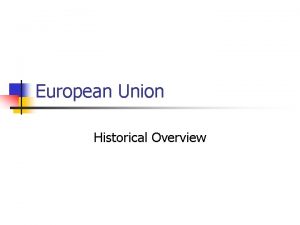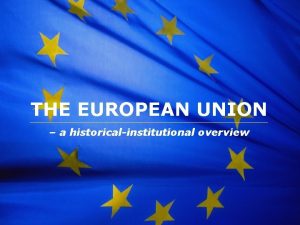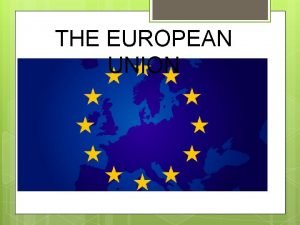The European Union HISTORICAL DEVELOPMENT INSTITUTIONS FUNCTIONING AND










































- Slides: 42

The European Union HISTORICAL DEVELOPMENT, INSTITUTIONS, FUNCTIONING AND CHALLENGES Picture: https: //www. psephizo. com/wp-

Outline History of European Integration through the Treaties Institutions of the EU Law-making procedures Debates and challenges

History of European integration through the Treaties

After World War II Avoid future conflicts Reintegration of Germany Economic reconstruction US militar and economical support 1950: Schuman Declaration

European Coal and Steel Community(1951) France, Germany, Italy, Netherlands, Belgium, Luxembourg Objectives: Economic expansion, employment, raising living standards Supranational AND Intergovernmental institutions

European Defence Community (1952) 1950: Korea War 1952: Pleven Plan (Defence AND Political Community) 1954: French Parliament rejects the EDC Failure of federalist ideal 1955: Messina Conference: relaunch European project 1956: Suez Crisis

Rome, 1957: EEC and EURATOM EUROPEAN ATOMIC ENERGY COMMUNITY (EURATOM) ü Coordinate peaceful use of nuclear energy ü Not merged with the EU EUROPEAN ECONOMIC COMMUNITY (EEC) ü Common market & Customs union ü free movement and competition ü abolish quotas and customs duties; common trade policy ü Supranational Commission, Intergovernmental Council (QMV!) ü Further objectives: agricultural and transport policy

Charles De Gaulle: An Intergovernmental Europe 1961: Fouchet Plan; Rejected Reaction: • French veto on Britain (1963, 1967) • Empty Chair Crisis, 1965 (against QMV) • Luxembourg Compromise, 1966 • • Minor steps during the 60 s: 1962: Common Agricultural Policy (CAP) Merger Treaty (1965)

The 70 s 1969 Hague Werner Plan 1972 Snake in the Tunnel 1973: enlargement to Britain, Ireland, Denmark Relaunch the integration project 1973: Oil Crisis Political instability in Italy, France, Britain Werner Plan postponed 1979: European Monetary System (EMS) without Britain 1979: First parliamentary elections

Margaret Thatcher: the budget problem France between socialist economy and respecting the EMS Mediterranean enlargement (Greece, Spain, Portugal) Margaret Thatcher (1979 -1990) ü „I want my money back“ ü Free market, deregulation

Single European Act – SEA (1986/1987) Reform for further economical European Integration 1 st major revision of Rome Treaty Changes: - Extension of qualified majority voting in the Council - Creation of the cooperation and assent procedures Parliament gaining more legislative power

Treaty on European Union – Maastricht (1992/1993) Reform for further political European Integration Changes: - Establishing EU - Preparation for Monetary Union - Elements of political Union and new forms of cooperation Institutional: - Co-decision procedure increased influence of Parliament in decision-making - Founding of Committee of the Regions

Amsterdam Treaty (1997/1999) Reform of EU institutions for democratic and effective functioning in an enlarged EU Changes: - Institutional changes through amendment, renumbering and consolidation of EU/EEC treaties - Increased use of the co-decision procedure - Expanded competences of Parliament

Treaty of Nice (2001/2003) Reform of EU institutions after further Expansion to 25 Members Changes: - methods for changing the composition of the Commission - redefining the voting system in the Council.

Treaty of Lisbon (2007/2009) Context: critique concerning democratic deficit – EU Constitution as response got rejected Lisbon Treaty as a compromise Changes: - Co-decision as ordinary procedure more power for the EP - Changed voting procedures in the Council - Law Proposal through citizens' initiative - Permanent president of the European Council - New High Representative for Foreign Affairs - New EU diplomatic service

The Pillar Structure of the EU

Competences of EU 3 types (divided after area): Exclusive: binding legislation only by the EU – member states may adopt when asked to do so Shared: EU and member states, but EU has precedence Supporting: EU can‘t adopt legislation

Institutions of the European Union

List of Institutions European Council European Commission Council of the European Union European Parliament Court of Justice European Central Bank (ECB) Auditory Court Advisory Bodies (European External Action Service)

European Council Heads of state and government intergovernmental character First official meeting: Dublin, 1975 2009: Council becomes an official body 4 meetings per year President elected Voting mainly by consensus Authority, Informality, Flexibility, Seniority

European Council Impetus and direction for development Foreign policy (unanimity) Enlargement process Treaty negotiations Open Method of Coordination (OMC)

European Commission Roots in the High Authority supranational Progressive loss of power, increasing visibility Key figure: the President

European Commission Power of Initiation (no monopoly) subsidiarity, proportionality Power of implementation Represent the EU on the world stage Execute budget

Council of the European Union - Council of Ministers Historical context: founded as intergovernmental counterpower to the supranational power of the High Authority (now: European Commission) Main decision-making body in the EU Represents member states governments at European level Decision making: qualified majority (but: exceptions) 10 configurations – 10 councils

European Parliament - EP Historical context: from Common Assembly of ECSC (consulted body) to European Parliament (decision-making body) Direct elections since 1979 – EUs strongest claim to democratic accountability Since 2007: equal with Council (in ordinary legislation procedure) Supranational with intergovernmental traits Three main roles

European Parliament - EP Elected: national parties in international party families 750 MEPs incl. President – roughly proportionate to each states population (6 – 96) Prepare legislation: 22 Committees Pass legislation: Plenary sessions

Court of Justice of the European Union (CJEU) European Court of Justice (ECJ) • Roots in the ECSC • Final arbiter on legal matters • Crucial in integration: direct effect, supremacy of EU law, mutual recognition General Court

European Central Bank (ECB) 1998: replaced European Monetary Institute (EMU) Price Stability in the Eurozone Executive Board + Governing Council Politically independent: Democratic deficit?

Court of Auditors Financial oversight Annual report 28 members

European External Action Service No official EU institution Foreign service of the EU Role of coordination High Representative for Foreign Affairs and Security Policy (HRVP)

Advisory bodies European Economic and Social Committee of Regions Must be consulted in certain areas Advises in the interest of local authorities Opinions not binding for Council or Parliament

Legislation Procedures

Legislation Processes Decision making process: Institutional triangle With different constellations 3 types of legislation processes 1. Ordinary 2. Special: Consent 3. Special: Consultation

Ordinary Legislative Procedure

ORDINARY LEGISLATIVE PROCEDURE 1 st reading (EP and Council) 2 nd reading (EP and Council) A Conciliation Commitee Democratic and supranational

Special Legislative Procedure: Consent No Parliament amendments Parliament has veto power membership, withdrawal, association agreements, agreements with budgetary implications etc Broadly supranational

Special Legislative Procedure: Consultation Parliament: no veto power e. g. Internal market extemptions, Competition Largely intergovernmental

Decision-making in Common Foreign and Security Policy 2. (intergovernmental) Pillar: CFSP 3 major changes: • Commission can‘t propose laws • Decision-making in the Council • Parliament and Commission have weaker role

Debates and future Challenges

Democratic deficit? The EU is driven by political and economical elites The decision-making process is not democratic Supranational vs Intergovernmental character: • Is it a productive or destructive tension? • Does the distinction make sense? • Is it relevant for the issue of democracy?

Parliamentary elections turnout

Sources https: //europa. eu/ http: //hum. port. ac. uk/europeanstudieshub/ Andrew Glencross: The Politics of European Intergration (2014) Tim Bale: European Politics. A comparative introduction (2017)
 European union institutions explained
European union institutions explained Explain community development
Explain community development Intersect and minus in sql
Intersect and minus in sql 1993 europa
1993 europa Co-funded by the erasmus+ programme of the european union
Co-funded by the erasmus+ programme of the european union Co-funded by the erasmus+ programme of the european union
Co-funded by the erasmus+ programme of the european union European union 28 countries
European union 28 countries European union 28 countries
European union 28 countries European union military
European union military European union definition ap human geography
European union definition ap human geography Direct effect eu law
Direct effect eu law This project is funded by the european union
This project is funded by the european union This project is funded by the european union
This project is funded by the european union This project is funded by the european union
This project is funded by the european union This project is funded by the european union
This project is funded by the european union This project is funded by the european union
This project is funded by the european union This project is co-funded by the european union
This project is co-funded by the european union Co-funded by the erasmus+ programme of the european union
Co-funded by the erasmus+ programme of the european union This project is funded by the european union
This project is funded by the european union European taekwondo union
European taekwondo union Eureka european union
Eureka european union Institutional support for new ventures
Institutional support for new ventures Child functioning module
Child functioning module Accommodations for borderline intellectual functioning
Accommodations for borderline intellectual functioning Adaptive functioning
Adaptive functioning Borderline intellectual functioning
Borderline intellectual functioning Adaptive functioning
Adaptive functioning Autism idea
Autism idea Child functioning module
Child functioning module Sensory functioning fundamentals of nursing
Sensory functioning fundamentals of nursing Process of striving toward ideal functioning
Process of striving toward ideal functioning Functioning of micro programmed control unit
Functioning of micro programmed control unit Escape phrasal verb
Escape phrasal verb Construction and working of autoclave
Construction and working of autoclave Advantages of group therapy
Advantages of group therapy Six domains of the family functioning assessment
Six domains of the family functioning assessment Stimming
Stimming Five principles of psychological functioning
Five principles of psychological functioning Well functioning financial markets
Well functioning financial markets Historical foundation of curriculum development
Historical foundation of curriculum development Historical development of community health nursing
Historical development of community health nursing Historical development of hospitality industry
Historical development of hospitality industry Historical development of environmental law
Historical development of environmental law
